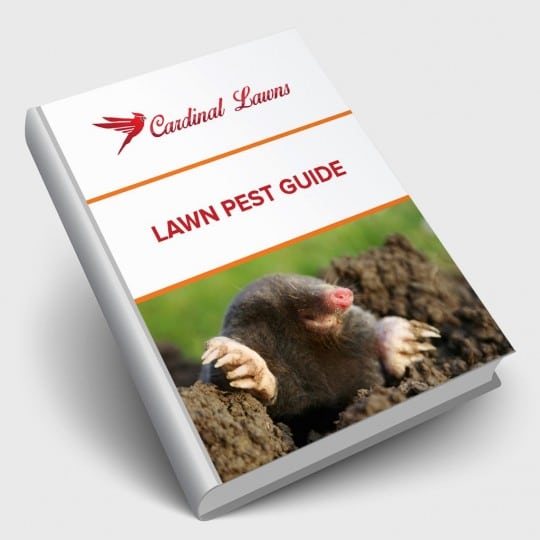Protect Your Home from Fleas and Ticks
Posted
June 2, 2016

Fleas and ticks are unwanted pests that like to feed on your pets. Fur provides a soft, warm place for them to call home, but they are happy to feed on humans as well. When fleas or ticks take hold they can transmit a variety of diseases and cause health issues that range from discomfort to allergic reactions to serious illnesses. Stealth, tiny, and hard to detect, these two unpopular pests usually are mentioned together, but it’s important to know their differences.
What are fleas?
Fleas are wingless six-legged parasites that feed on the blood of their host, usually mammals and birds. These irritating insects are incredible jumpers, making it easy for them to grab a ride on a passing pet. Their bites are itchy, sometimes painful, and can sometimes transmit disease. A female flea can lay a few dozen eggs a day, so they tend to populate your pet rather quickly.
What are the signs of a flea infestation?
You will notice your pet itching excessively, and you may be able to see scabs or irritations on the skin beneath the fur. Fleas leave behind droppings (dark spots) and white eggs in the fur.
What are ticks?
Ticks are also tiny parasites that feed off the blood of their host. Most commonly found in warm climates and wooded areas, these freckle-sized arachnids have eight-legged bodies that consist of two parts–a tiny head and a much larger abdomen. Ticks are notorious hitchhikers, grabbing a ride on your pet’s fur or even on your hair or clothing. Because the tick bite is usually painless, it often goes unnoticed, making it very difficult to know the cause of a tick-borne illness. Some common diseases these pests are known to spread are Lyme disease, Rocky Mountain spotted fever, Colorado tick fever, and rickettsiosis. Symptoms can be fever and chills, muscle aches, and rashes.
How do I remove a tick?
Using a pair of tweezers, grab the tick as close to the head as possible and pull straight up. Be careful not to crush its body as that can cause any bacteria to spread.
People often treat their pets to protect them from ticks and fleas, but it’s also necessary to treat your lawn, where dogs and cats often pick up the parasites. At Cardinal Lawn, we have a variety of pest control services for your home and lawn. Contact us and let us know how we can help you stay protected and pest free.

Download Your FREE Lawn Pest Guide
Pests become most prevalent during the heat and humidity of summer. Take some time to learn about the signs of infestations before any damage can be caused to your landscape. This handy guide will teach you how to spot common lawn pests and how to keep them from causing harm to you and your property.